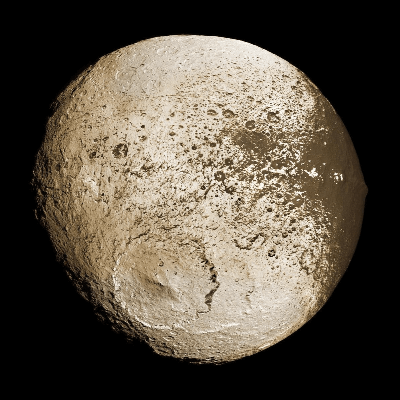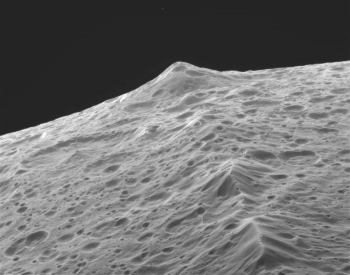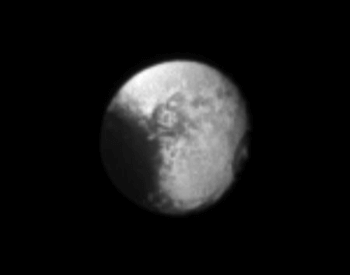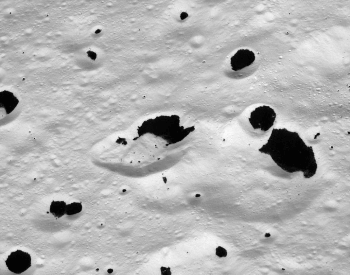
- Moon Name: Iapetus
- Designation: Saturn VIII
- Date Discovered: October 25th, 1671
- Discovered by: G.D. Cassini
- Average Orbit of Saturn: 2,212,610 miles
- Total Mass: 1,990,721,769,947,960,064 tons
- Surface Area: 2,625,400.32 square miles
17 Iapetus Facts for Kids
- Iapetus is one of Saturn’s 82 known moons (natural satellites).
- Iapetus is named after a Titan god in Greek mythology.
- Iapetus is also designated as Saturn VIII.
- Iapetus was discovered on October 25th, 1671 by Giovanni Domenico Cassini.
- The average orbit distance for Iapetus is 2,212,610 mi.
- The diameter of the moon Iapetus is 912.79 mi.
- The surface area of the moon Iapetus is 2,625,400.32 mi2.
- It takes Iapetus about 79 days to completely orbit Saturn.
- It takes Iapetus about 10 hours to complete a full rotation.
- Iapetus is the third largest moon orbiting Saturn.
- Iapetus is the eleventh largest moon in our Solar System.
- The shape of Iapetus is like that of a walnut.
- Iapetus is mostly made up of ice water and about 20% of its mass is rock.
- The largest crater on Iapetus is Turgis and has a diameter of 360 mi.
- The Cassini spacecraft has taken several photos of Iapetus, with the closest at a range of 762 mi away.
- One hypothesis of Iapetus formation is it was the formed out of the results of a series of massive impacts between pre-existing moons in Saturn’s orbit.
- In the 1968 novel 2001: A Space Odyssey the monolith featured at the climax is on Iapetus.
Pictures of Saturn’s Moon Iapetus

A photo of a mountain on the moon Iapletus.Credit: NASA

A photo showing the oblate shape of Iapletus.Credit: NASA

A photo showing the surface of the moon Iapletus.Credit: NASA
Additional Resources on Saturn’s Moon Iapetus
- In Depth View of Iapetus – Discover Saturn’s moon Iapetus on the NASA Science Solar System Exploration website.
- Iapetus Moon Data – Compare the moon Iapetus and our planet Earth on the NASA Science Solar System Exploration website.
- Iapetus Moon Pictures – View photos of the moon Iapetus taken my NASA spacecrafts on the JPL Photojournal website.
- Iapetus (Moon) – Wikipedia – Learn more about the Saturn’s moon Iapetus on the Wikipedia website.
